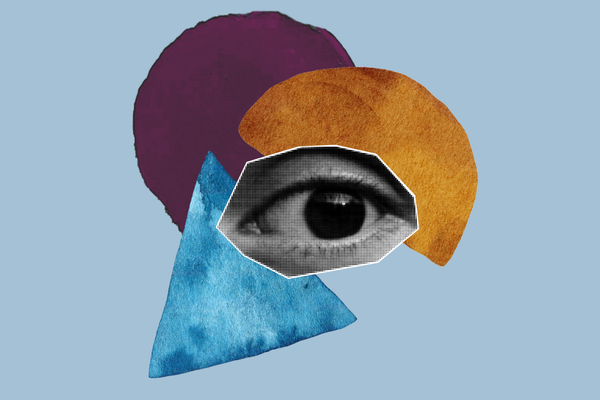Nomensa x PFR: Inclusive usability testing with unknown disabilities


Design and test for the minority and rest assured that all users will enjoy your product. This should be the golden rule of user experience (UX) and usability design, but it doesn’t always happen.
By late 2023, over 96% of the world's top one million webpages were still not accessible to all users. Designing for accessibility and testing new products with disabled participants should be a priority, but, unfortunately, this is still a bit of a utopia.
Back in 2016, when People for Research ran the Make The Web Accessible campaign, we registered a growth in the number of clients interested in our accessibility recruitment services, and that number has increased significantly since then. After all, when you design for the 5%, the other 95% get a product that is unbelievably better than expected. When it comes to UX, nothing beats inclusiveness.
It was also in 2016 that we worked on one of the first projects where the client exclusively wanted to talk to participants with accessibility needs and, ideally, users of assistive technology. Our client was Bristol-based agency Nomensa, who were running testing sessions for British broadcaster and telecommunications company Sky.
“We drive the need for accessibility testing, to ensure what we create is a usable and pleasant experience for anyone who wants or needs to use it”, the team at Nomensa told us.
Inclusive UX design as a priority
All went smoothly and testing was a success, even when the unexpected happened: one of the participants, Alvin, had a disability that our client had no idea existed. Alvin has hemianopia, “a condition that causes people to lose one half of their vision. Not the vision out of one eye, but one half of both eyes”, the client explained.
“Conducting user testing of our online application form design with someone with hemianopia provided significant insight for me as an experience designer. (…) Inclusive design is becoming higher on the agenda across organisations and the best way to make sure things work is to test them with the end users. In my role, I’m well aware of this. But, I had never heard of hemianopia.”
The surprise – and especially Alvin’s great feedback – was welcomed by the researchers, as it helped the team realise that “the placement of text, buttons, pop-ups need even further consideration, as things can often be missed”.
“The user would need to turn their head to see things, but won’t necessarily know there’s anything there to do so – and our designs should minimise the need for this. Centralising as far as possible, leaving enough padding down the sides is an important design consideration for people with hemianopia.”
According to our client, “it showed us, even more so, how getting enough participants and a variety of needs involved in testing is hugely valuable, so we can do our best to design with our end users in mind.”
What about Alvin?
He also shared his thoughts with People for Research after the session: “I applied to take part in this research as I suffer from hemianopia, which means I have no vision left off the centre line in both eyes. It is difficult to clearly describe to others in words how this impacts on daily life and the best way to impart the problems this causes is face to face demonstrating exactly what I can and cannot see.”
Alvin’s session was extremely positive and his feedback proved to be not only unique, but super valuable and well worth the investment for the client.
The testing was conducted by “two researchers in a pleasant environment working through a complex online application form, where I was able to highlight various shortfalls with the layout. Along with the small monetary incentive received, I found it a most rewarding exercise.”
A good example of how feedback shared by a single user can significantly improve everyone’s experience.



